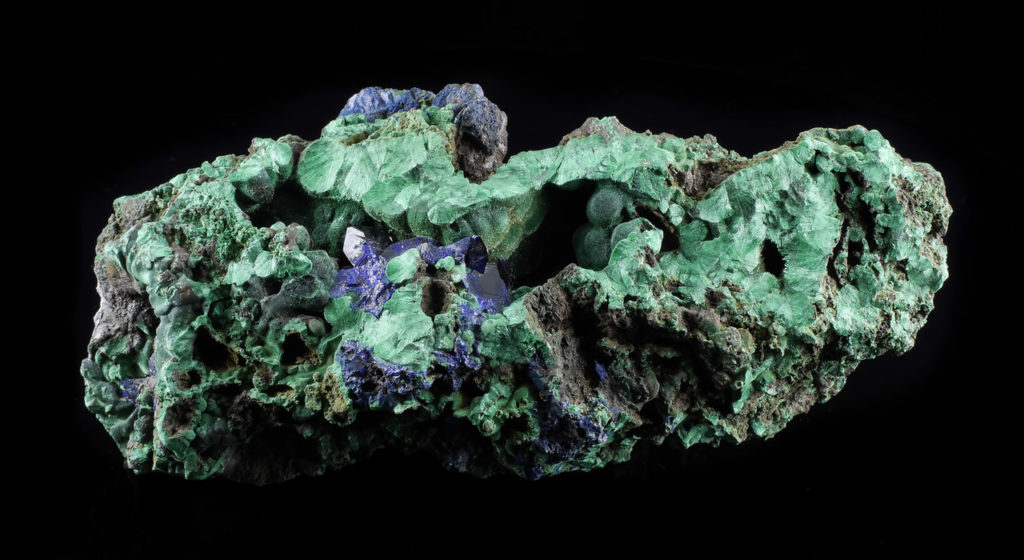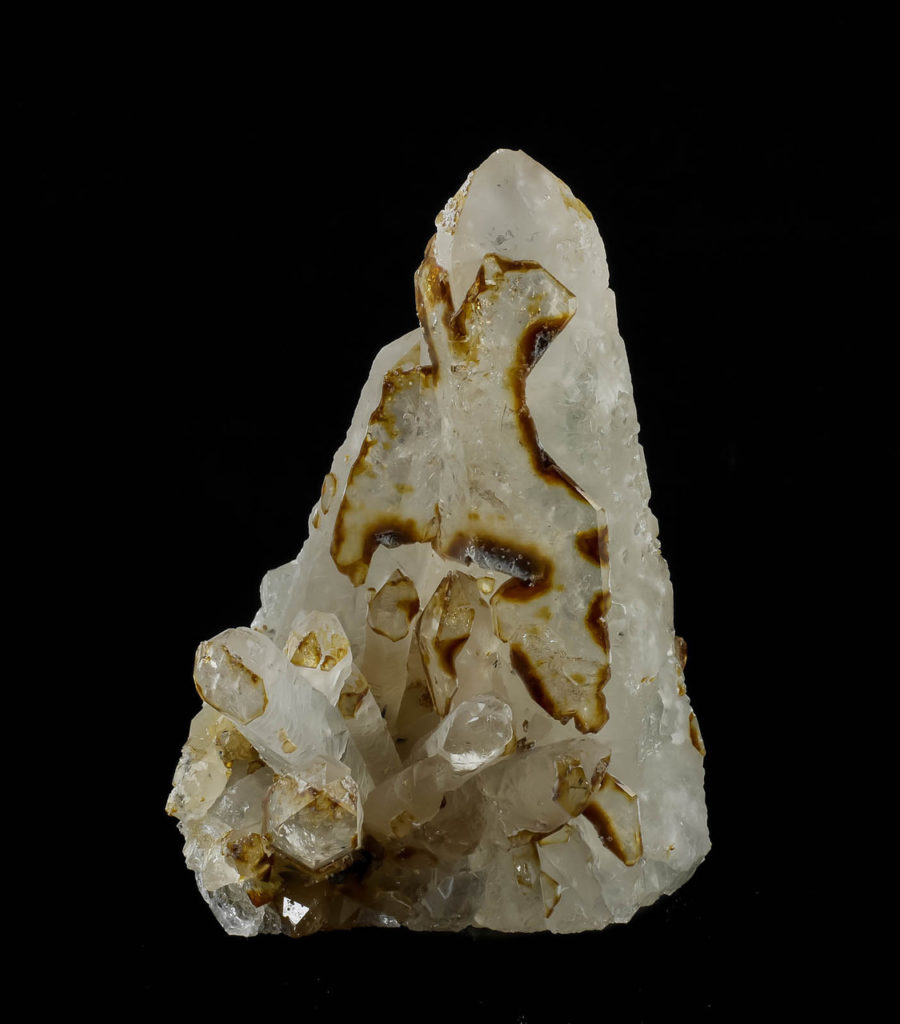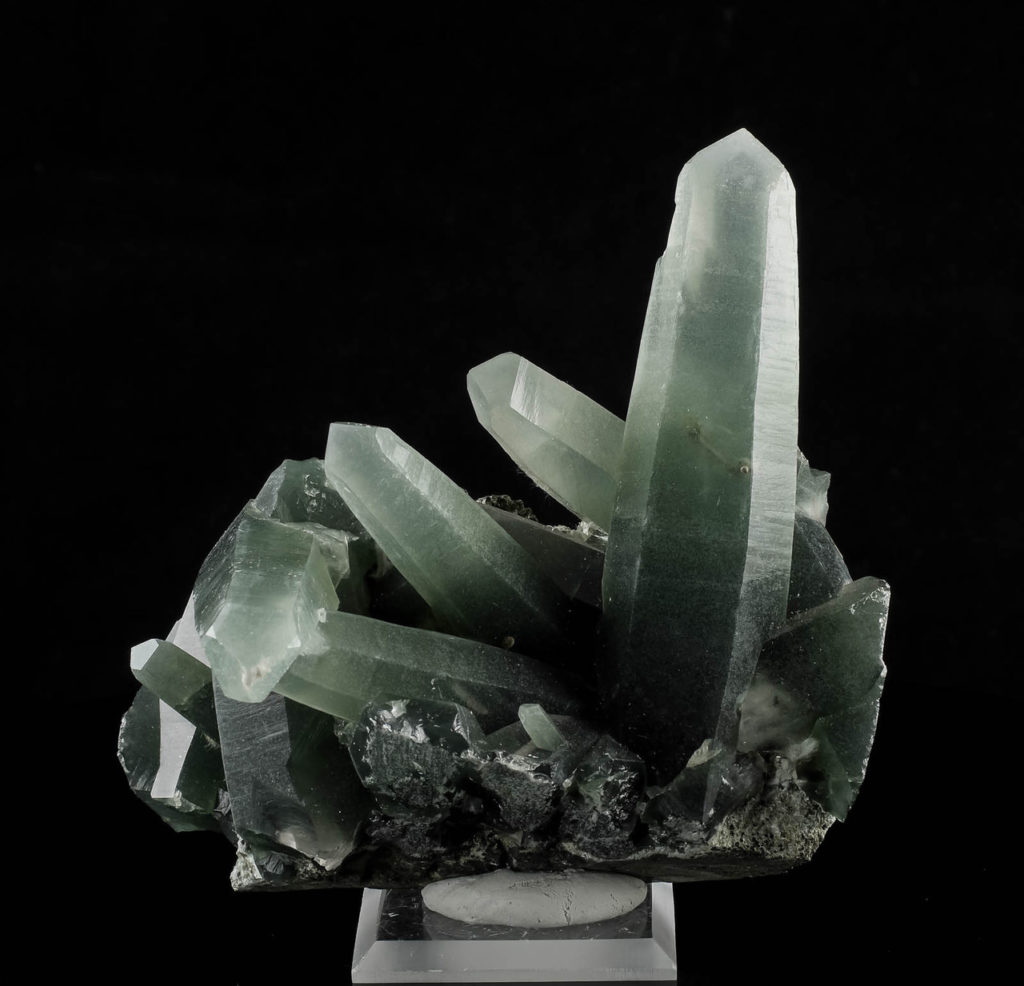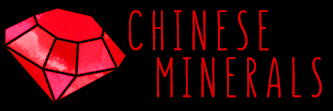Many mineral collectors complain about Chinese mineral specimens for various silly reasons. Popular ones seem to be “the specimens are just too common”, “they are not valuable enough”, and “too many of them are fake.” My answer to all of those statements is “just look at the specimens.” China offers some of the finest examples in the world of many species and while Chinese specimens are initially very abundant from many localities, these sites eventually produce less and less just like mines anywhere else. Also, though it is somewhat true that the Chinese mineral trade tries to sell a lot of fake or enhanced specimens, any mineral collector with an awareness of how to spot treatments, enhancements, and foul play in minerals should be able to see them.

China offers numerous localities that produce the finest examples of particular species. Some very fine specimens, if not the world’s best examples of scheelite, stibnite, cinnabar, realgar, pyromorphite, babingtonite, bournonite, cassiterite, borcarite, stannite, loellingite, and others.

The world’s finest scheelites are found in China at Mt. Xuebaoding, Sichuan Province as large, gemmy, red-orange octahedrons associated with beryl, muscovite, and cassiterite and found in muscovite lined veins in a greisenous rock. The crystals grow up to around 10cm wide and are therefore extremely heavy. The crystals show moderate to high amounts of cleaving and inclusions but can still provide large amounts of firey red scheelite rough. Recent earthquakes in Sichuan province have damaged this location and production of scheelite from Mt. Xuebaoding has slowed.

Stibnite specimens were among the first mineral specimens to be exported from China and remain some of the most famous. Initially, the specimens arrived to exporters in bad condition and were quite expensive due to their rarity but soon, the Chinese miners who found the first pieces became educated in mineral specimens and learned how to collect and ship them so they won’t break. The price of these stibnites has been reduced and now there is a huge flood of them on the market. They mostly originate from and around the Xikuangshan Deposit in Hunan Province, which is the world’s largest antimony deposit and also the producer of some of the world’s largest stibnite crystals. The mine is known for its many large pockets in which stibnite precipitates on the walls of from a vapor phase. Perhaps the most famous specimen of Stibnite in the world comes from China- it is a marvelous gigantic matrix piece covered with huge, slender, metallic crystals.

Cinnabar has been used in Chinese medicine and as a pigment in traditional lacquerware for centuries. Chinese culture has a rich mythology behind cinnabar, which makes sense- there are many extremely rich cinnabar mines in Tongren Prefecture, Guizhou Province that produce the best crystals in the world. Like the stibnite specimens, Chinese cinnabars were some of the first specimens from the country to arrive in the west. They are leagues better than the competition and are typically found in veins in dolostone and are associated with dolomite, quartz, and calcite.
The world’s finest and largest pyromorphites originate at the Daoping Mine in Guilin Prefecture, Guangxi Zhuang Autonomous Region, China. The Guangxi Zhuang Autonomous Province is little known in the west, but the local culture and language of the Zhuang people is more closely related to Thai, Laotian, and Vietnamese than Chinese. Pyromorphites from this mine are often said to rival those from Les Farges in France or Bunker Hill, Idaho but neither has produced as many with fine grassy color or crystals nearly as large as those from the Daoping mine. Daoping has produced single crystals of pyromorphite over 3cm wide. While formerly a lead-zinc mine, rumors have it that the Daoping mine is now solely exploited for mineral specimens.
